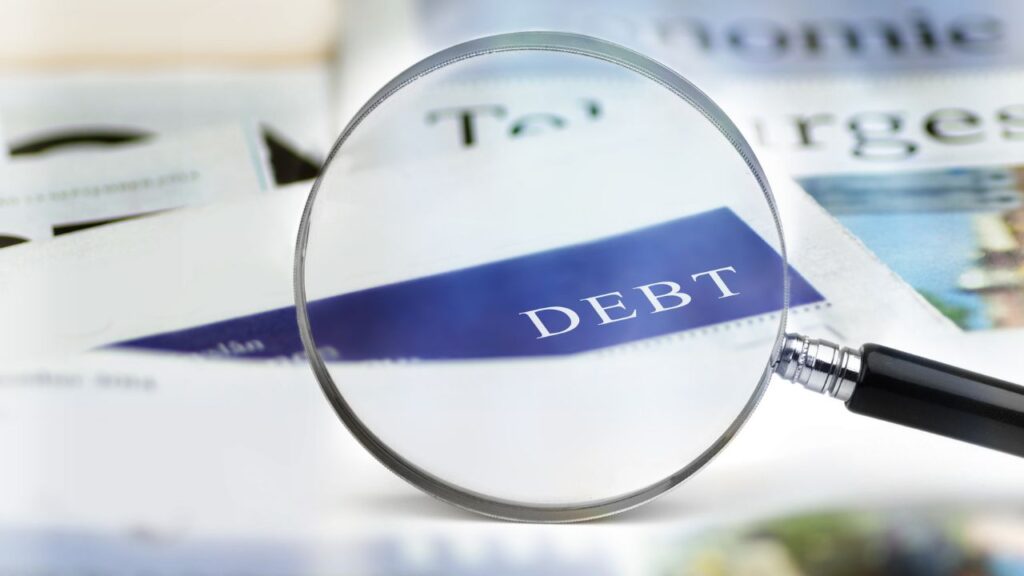
You might have grown up thinking that all debt is bad. It’s undeniably true that taking on too much debt could put your business in danger of folding. But history also shows that getting the right small business loan can be a highly effective way to build a successful company.
Figuring out whether a debt is good or bad depends on how well it helps your business grow and reach its goals. Let’s review the differences between both types of debt.
Understanding Good Debt
Good debt is money borrowed to pay for items to help your company build capital and increase profits. Examples of healthy debt include taking out a loan for equipment, real estate, or business expansion. This type of debt not only grows the overall assets of a company but may also expand your customer base, allowing for more sales and profits. Good debt also boosts the company’s access to capital, which can help the business fund other projects and initiatives.
For example, if Mary sells beauty products online for a 200% profit margin, then taking a business loan with a 20% interest rate so she can buy more inventory makes good sense because the increased profitability far outweighs the loan costs. Or let’s say Joe needs $75,000 for new equipment, or else his construction business risks losing a $500,000 project. Borrowing the funds could be a smart idea if the project makes more money than it costs to finance the equipment.
Understanding Bad Debt
Bad debt, on the other hand, is money borrowed to pay for a depreciating asset that won’t go up in value or generate income. Examples of bad debt include securing a loan to pay for a vacation or a luxury car. These kinds of unnecessary expenses do not help increase your business’s net value, and they can damage the company’s financial health.
Another important difference between good and bad business debt involves the cost of your loan. The lender will typically charge a higher interest rate for a bad debt because the loan is not intended to help generate income and increase profits. Business payday loans are one of the most frequently listed examples of bad debt because of the fast repayment terms and high rates. These short-term, unsecured loans can carry extreme rates, often reaching 400%.
Need Help Lowering Your Business Debt?
Here’s the bottom line: You should strive to repay any business debt on time. Good business debt should be paid off quickly to maximize profits and minimize interest costs. Bad business debt, however, should be avoided as much as possible. By leveraging good debt, businesses can ensure that they remain financially healthy and profitable.
While having too much business debt may be troubling, you can overcome this challenge by making smart financial moves. The long-term health of your company depends on your ability to manage debt successfully.
At First Union, we can help you to pay or consolidate outstanding debt. With loans ranging from $5K to $1 million, we have the resources nationwide to serve small businesses that might otherwise be struggling. Our goal is to see your business grow. Call today, and let’s get started!
